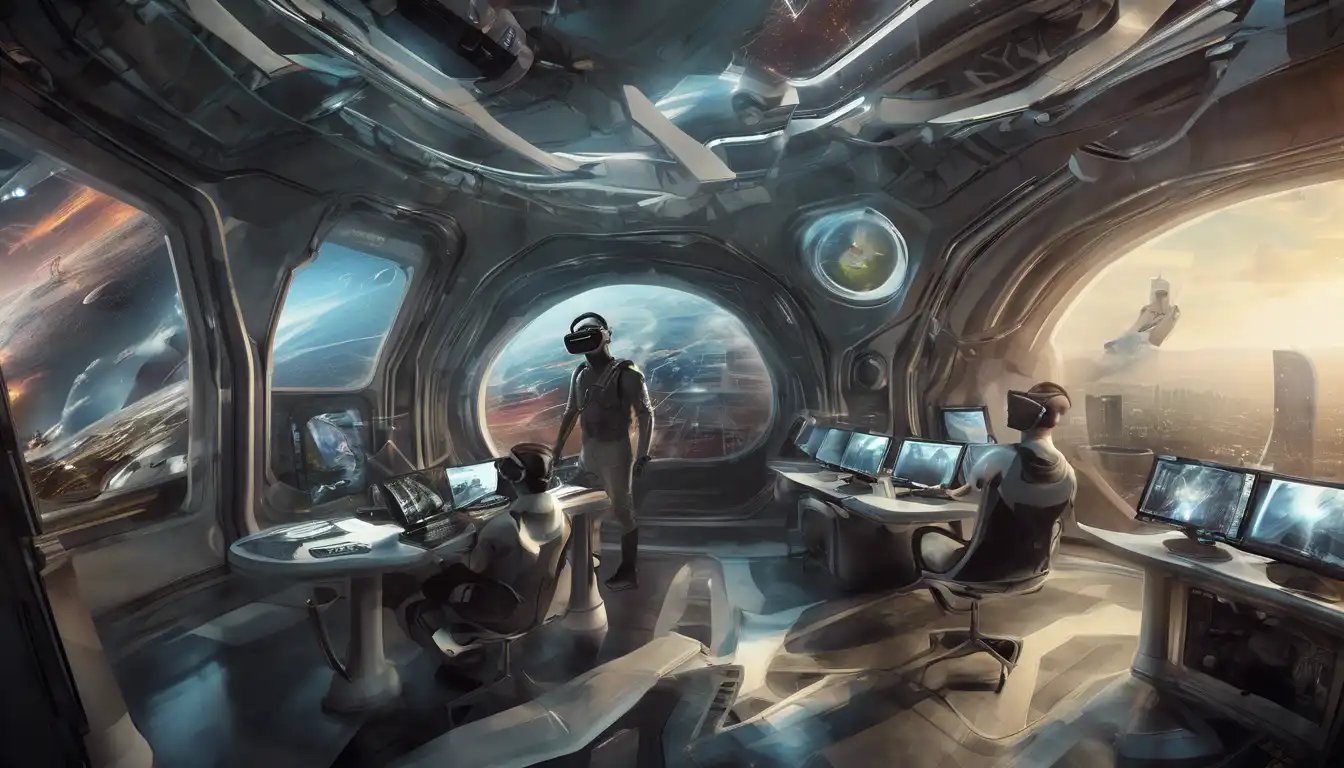Introduction to Virtual Reality
Virtual Reality (VR) is rapidly becoming one of the most exciting and transformative technologies of our time. By creating immersive, interactive environments, VR has the potential to revolutionize how we work, learn, and play. This article delves into the current state of VR technology, its applications, and what the future holds for this groundbreaking innovation.
The Evolution of Virtual Reality
From its early beginnings in the 1960s to the sophisticated systems available today, VR has undergone a remarkable evolution. Initially developed for military and aviation training, VR has now permeated various sectors, including healthcare, education, and entertainment. The advent of affordable VR headsets has made this technology accessible to the masses, opening up new possibilities for its application.
Applications of Virtual Reality
VR's versatility is one of its most compelling attributes. In the healthcare sector, it's used for surgical training and patient rehabilitation. Educators are leveraging VR to create immersive learning experiences that enhance student engagement. Meanwhile, the entertainment industry is utilizing VR to offer unparalleled gaming and movie-watching experiences. These applications merely scratch the surface of VR's potential.
Healthcare Innovations
VR is transforming healthcare by enabling surgeons to practice complex procedures in a risk-free environment. Patients suffering from PTSD or phobias are also benefiting from VR-based exposure therapy, showcasing the technology's therapeutic potential.
Educational Breakthroughs
By simulating historical events or scientific phenomena, VR provides students with a dynamic learning platform. This hands-on approach fosters a deeper understanding of the subject matter, making education more interactive and enjoyable.
The Future of Virtual Reality
As VR technology continues to advance, its applications will expand even further. Innovations such as haptic feedback and eye-tracking are making VR experiences more realistic and immersive. The integration of VR with other technologies like artificial intelligence and the Internet of Things (IoT) promises to unlock new dimensions of interaction and connectivity.
Challenges and Considerations
Despite its potential, VR faces challenges such as high costs, technical limitations, and health concerns like motion sickness. Addressing these issues is crucial for the widespread adoption of VR technology.
Conclusion
Virtual Reality stands at the forefront of technological innovation, offering endless possibilities across various domains. As we continue to explore and overcome its challenges, VR is set to redefine our digital and physical worlds. The journey of VR is just beginning, and its future is as vast as the virtual worlds it creates.
For more insights into the latest tech trends, explore our tech trends section.
